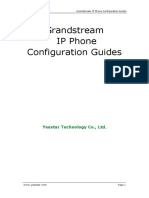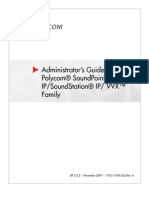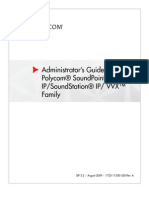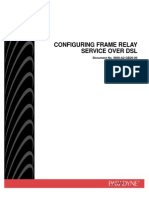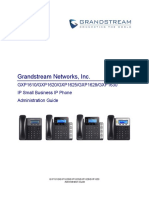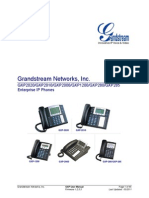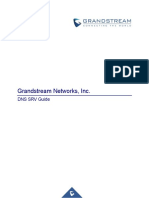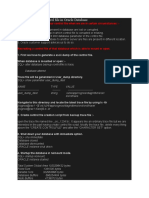0% found this document useful (0 votes)
3 views12 pagesGs Provisioning Guide
The Grandstream SIP Device Provisioning Guide outlines the process for configuring Grandstream SIP devices using web interfaces and configuration files via TFTP or HTTP/HTTPS. It details the provisioning flow, configuration parameters, and methods for managing firmware and configuration file downloads, including XML provisioning and encryption. The guide also covers automatic provisioning within LANs and secure provisioning techniques to enhance device security.
Uploaded by
adham.saeed.225Copyright
© © All Rights Reserved
We take content rights seriously. If you suspect this is your content, claim it here.
Available Formats
Download as PDF, TXT or read online on Scribd
0% found this document useful (0 votes)
3 views12 pagesGs Provisioning Guide
The Grandstream SIP Device Provisioning Guide outlines the process for configuring Grandstream SIP devices using web interfaces and configuration files via TFTP or HTTP/HTTPS. It details the provisioning flow, configuration parameters, and methods for managing firmware and configuration file downloads, including XML provisioning and encryption. The guide also covers automatic provisioning within LANs and secure provisioning techniques to enhance device security.
Uploaded by
adham.saeed.225Copyright
© © All Rights Reserved
We take content rights seriously. If you suspect this is your content, claim it here.
Available Formats
Download as PDF, TXT or read online on Scribd
/ 12


